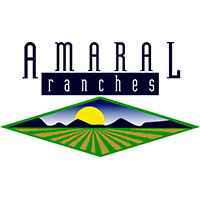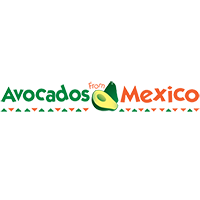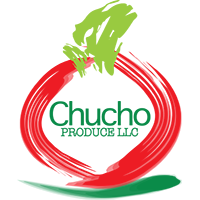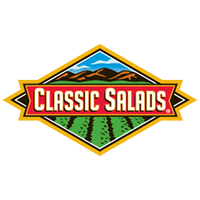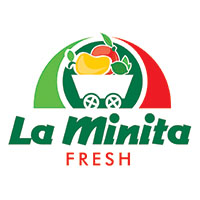How to Find Us?

Fresh corn
In most of Latin America, sweet corn is traditionally eaten with beans; each plant is deficient in an essential amino acid that happens to be abundant in the other, so together sweet corn and beans form a balanced diet. In Brazil, sweet corn cut off from the cobs is generally eaten with peas (where this combination, given the practicality of steamed canned grains in an urban diet, is a frequent addition to diverse meals such as salads, stews, seasoned white rice, risottos, soups, pasta, and, most famously, whole sausage hot dogs).
Sweetcorn, yellow, raw (seeds only)
Nutritional value per 100 g (3.5 oz)
Energy 360 kJ (86 kcal)
Carbohydrates
18.7 g
Starch 5.7 g
Sugars 6.26 g
Dietary fiber 2 g
Fat
1.35 g
Protein
3.27 g
Tryptophan 0.023 g
Threonine 0.129 g
Isoleucine 0.129 g
Leucine 0.348 g
Lysine 0.137 g
Methionine 0.067 g
Cystine 0.026 g
Phenylalanine 0.150 g
Tyrosine 0.123 g
Valine 0.185 g
Arginine 0.131 g
Histidine 0.089 g
Alanine 0.295 g
Aspartic acid 0.244 g
Glutamic acid 0.636 g
Glycine 0.127 g
Proline 0.292 g
Serine 0.153 g
Vitamins
Vitamin A equiv.
lutein zeaxanthin
(1%) 9 μg
644 μg
Thiamine (B1) (13%) 0.155 mg
Riboflavin (B2) (5%) 0.055 mg
Niacin (B3) (12%) 1.77 mg
Pantothenic acid (B5)
(14%) 0.717 mg
Vitamin B6 (7%) 0.093 mg
Folate (B9) (11%) 42 μg
Vitamin C (8%) 6.8 mg
Trace metals
Iron (4%) 0.52 mg
Magnesium (10%) 37 mg
Manganese (8%) 0.163 mg
Phosphorus (13%) 89 mg
Potassium (6%) 270 mg
Zinc (5%) 0.46 mg
Other constituents
Water 75.96 g
One ear of medium size (6-3/4" to 7-1/2" long)
maize has 90 grams of seeds
Units
μg = micrograms • mg = milligrams
IU = International units
Percentages are roughly approximated using US recommendations for adults.
SOURCE: USDA NUTRIENT DATABASE

